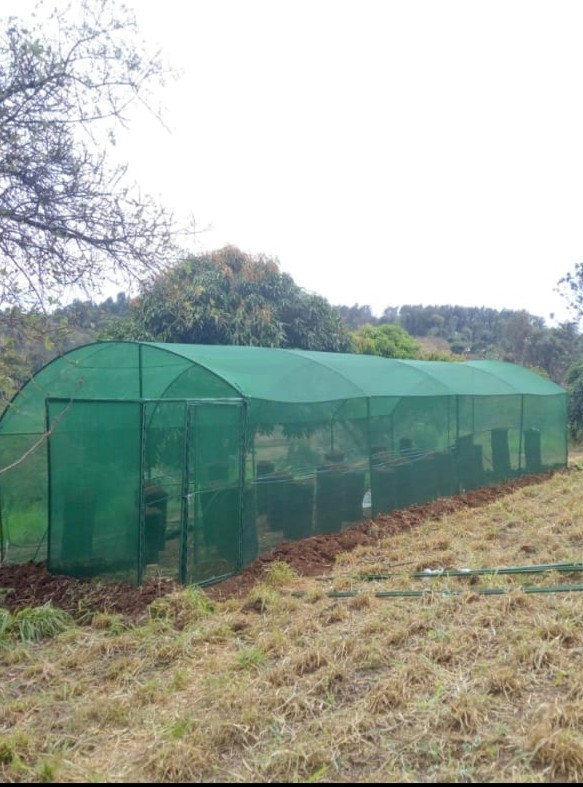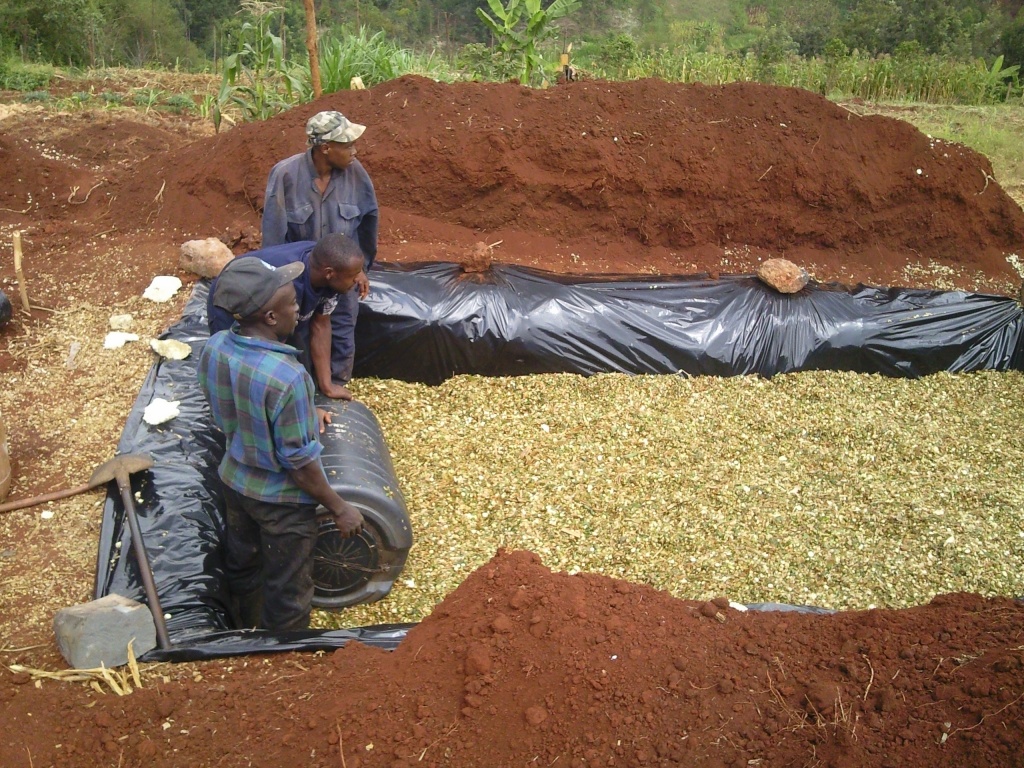
By George Munene
Purposed for hot and dry arid and semi-arid regions, shade nets help to reduce water evaporation rates by up to 55 per cent and have shown to improve growth by over 30 per cent compared to farmers practicing open-field farming. While greenhouses are now a common fixture in most farms, shade nets have not been as widely adapted with many farmers unaware of their significant benefits.
Shade houses are useful to people in regions that experience little rainfall as they regulate heat and wind intensity—the two main causal agents of evaporation—creating a microclimate that is cooler to the outside environment. They are graded to provide shade levels ranging from 30 to 90 per cent.
Related News: 22-year-old student uses 8 x 6 garden to keep family fed
Related News: Insect nets can protect crops from desert locusts
“In especially arid regions of the country such as North Eastern and inner Kitui, shade nets are having a transformative effect on the lives of Kenyan farmers who do not have to be locked out in the intensive production of high-value crops such as capsicums, tomatoes and vegetables,” says Richard Mwanzia an agronomist at Agroz Kenya; a shade net manufacturer that has been in the Kenyan market for seven years.
Besides boosted crop productivity and reduced watering costs, the nets also moderate instances of pest attacks by reducing the reproduction rates of thrips and whiteflies.
“For wet and cool parts of the country, I would recommend the use of greenhouses, and dissuade farmers from opting for shade nets as they will intensify these conditions making their farming area dump which increases the disease and pest burden,” Richard explains.
Related News: Training farm delivers 1,000 agricultural interns a year and innovation hub
Shade nets are cheaper than greenhouses and are less labour intensive in their construction. Shade houses cost Sh60 per square meter with a wooden 8* 20-meter shade house costing Sh50,000 to put up. A farmer will also need to install a drip kit within the structure which costs Sh10,000 to 15,000. Shade nets also usually last longer, five to six years, to greenhouses, which have a usual 3½ year life span.
Riachard Mwanzia, Agroz Kenya: 07075591213
Write comment (0 Comments)
















